2019 is the Year of the Pig, and we’re looking forward to celebrating these intelligent, inquisitive animals over the next 12 months.
Did you know though that many pork products, including bacon and salami, are made using pork from pigs farmed in conditions that don’t meet their behavioural needs? Most pigs (in Australia and overseas) are kept indoors in barren pens, often without bedding and in crowded conditions. Even sow-stall free, while it’s a very positive first step, isn’t always a guarantee of good welfare. In sow-stall free systems, pigs can still be kept in barren environments and sows (mother pigs) can still be confined to farrowing crates (similar to sow stalls) for a couple of weeks at a time to give birth to their piglets.
If pork is one of your favourites, fear not. There are farmers committed to raising their pigs to higher animal welfare standards. As consumers we have an important role to play in supporting these farmers and shouldn’t underestimate the power we have to improve welfare by voting with our wallets.
Here are three things you might not know about our curly-tailed friends that we think make supporting higher welfare farming worthwhile:
Pigs are clever, curious animals who like to explore, forage and play
Pigs are very curious and enjoy exploring their surroundings, using their incredibly sensitive snout to dig and forage. For good welfare, it’s important that pigs have the space to do this, whether it’s roaming the paddock or playing with others in a deep straw-filled shelter. They also need a dry place to lay comfortably and rest properly.
Without the right environment that encourages pigs to express their natural behaviours, pigs can become bored and aggressive towards each other. Pig farmers routinely perform painful procedures on piglets, such as teeth clipping and tail docking, as a means to limit injuries.
There’s a clever reason why pigs like rolling in mud!
That saying, ‘happy as a pig in mud’ is based on fact – pigs really do like to wallow in mud. They do this for a few different reasons.
A wallow is a shallow depression containing muddy water in which a pig will often dig and root before entering to cover themselves in mud.
Wallowing – and applying a protective coating of mud – serves to protect pigs from sunburn, flies and external parasites. It is also a social activity, and most pigs will wallow in a group if they are able to.
Pigs love company
Pigs are able to lead rich social lives, and form close bonds with each other when provided with the right environment.
Of course, it’s important that group make-up includes consideration of pig familiarity, their physical sizes, the number of pigs as well as ensuring the environment provides space and opportunity to both play and rest so that they don’t become aggressive towards each other.
What to look for to support higher welfare
There’s always a focus on providing for the pig’s wellbeing on RSPCA Approved farms. RSPCA Approved pork comes from pigs raised with space to roam and move freely so pigs can exercise, socialise, forage and play. Good quality bedding is provided so that all pigs have a comfortable area to rest and allows sows to build nests for their piglets. Painful procedures such as teeth clipping, tail docking and castration are not allowed on RSPCA Approved farms.
The RSPCA Approved Farming Scheme standards for pigs take into account the natural behaviours of pigs, and ensure that housing and husbandry practices on farm enhance pig welfare. Being RSPCA Approved also means regular on-farm assessments by specialised assessors who visit farms at least twice a year (with additional unscheduled visits) to verify compliance.
** Watch our video about what life is like for pigs on RSPCA Approved farms
Want more? Here’s how to shop ethically and support your local and 6 reasons to choose RSPCA Approved pork at Coles

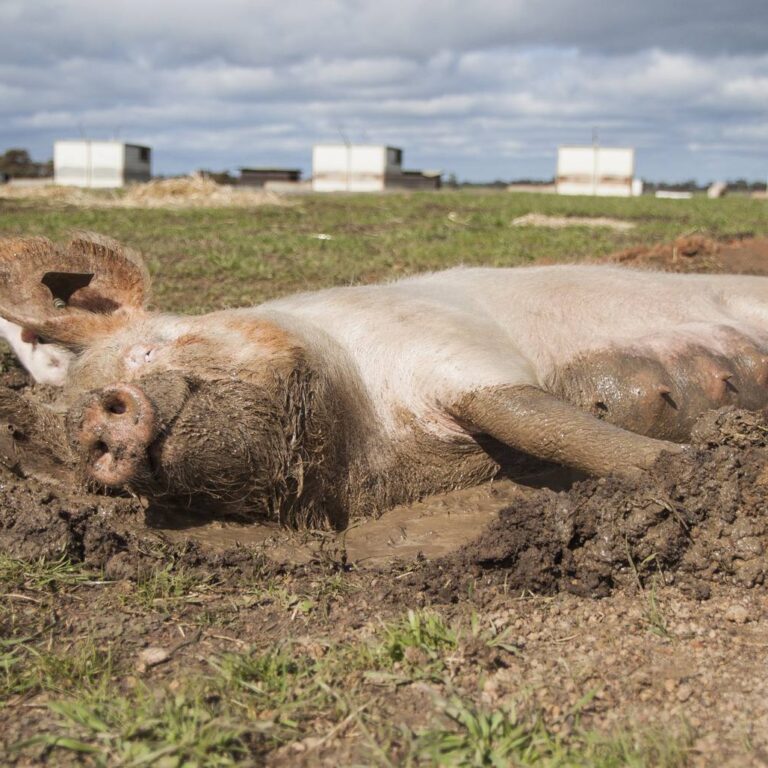
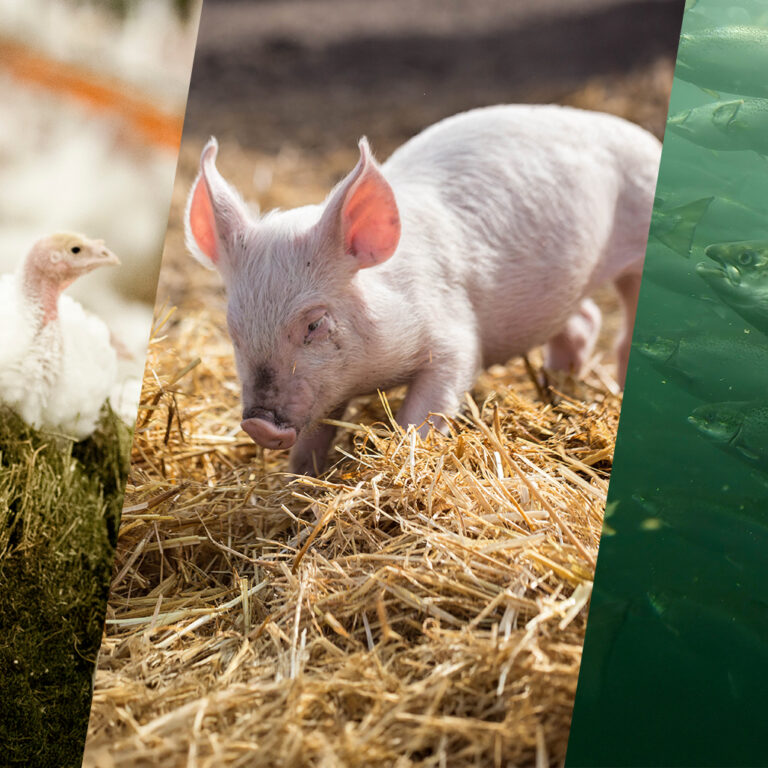
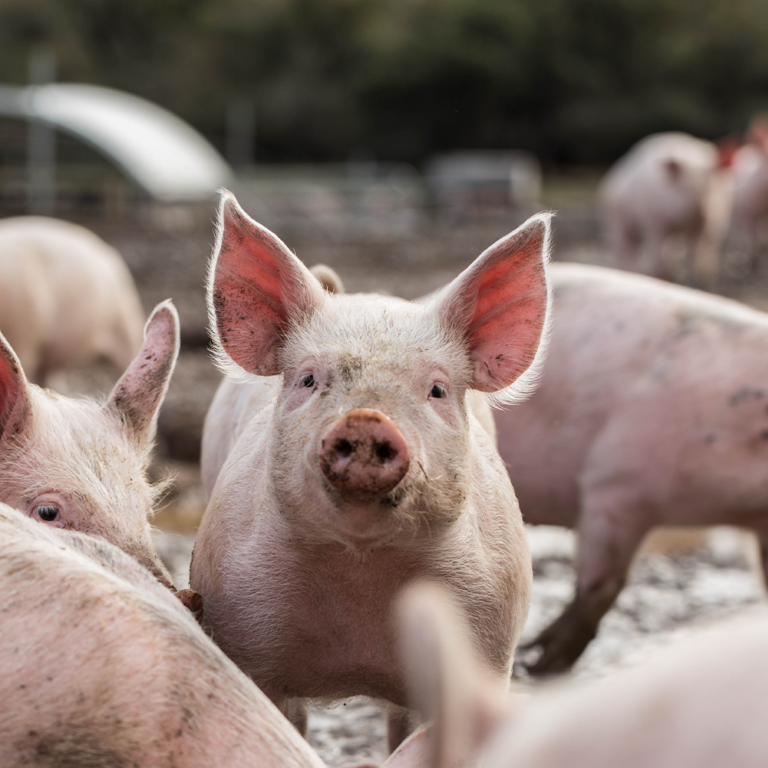
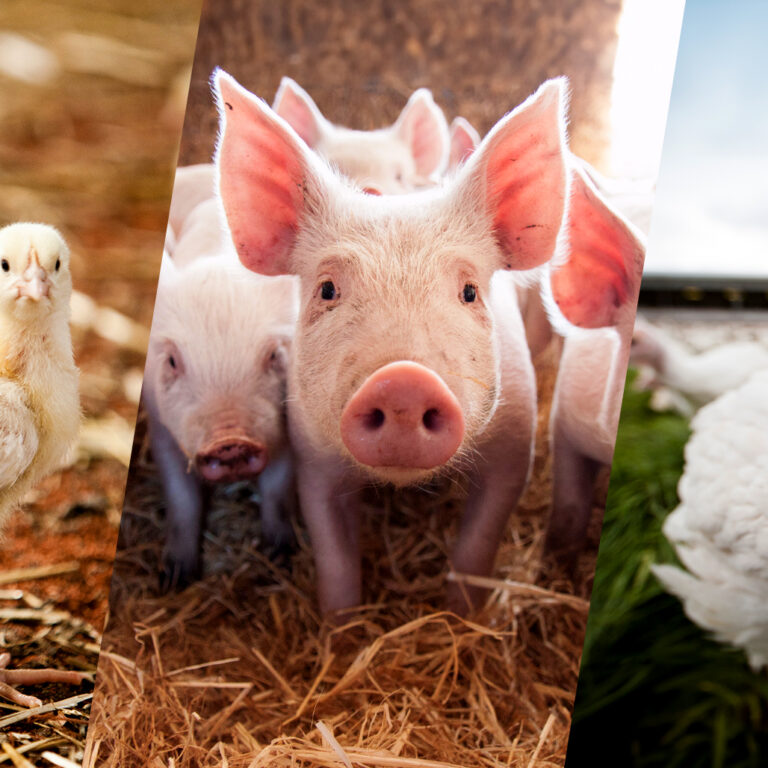
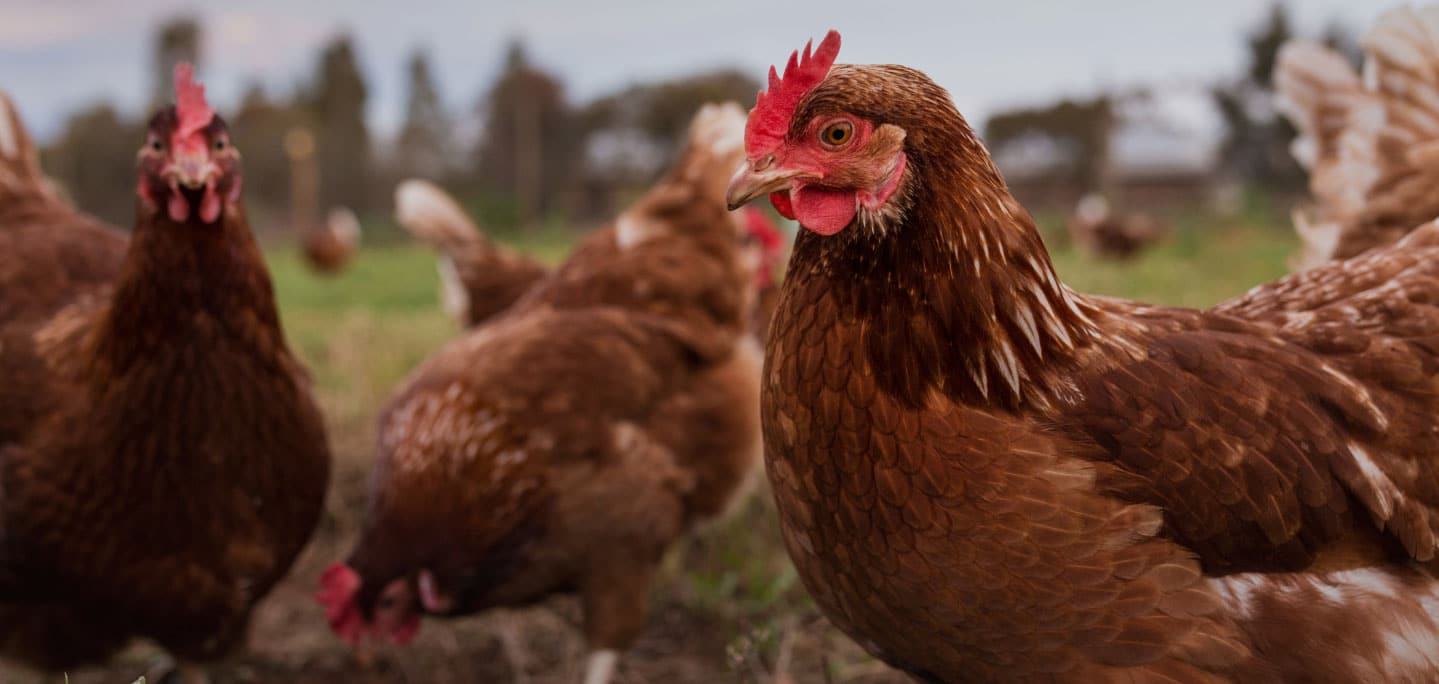

2 Comments
2 responses to “How to support higher welfare this Year of the Pig”
Hi,
Have there been any changes to the way pigs are slaughtered in WA since The Farm Transparency Project group released footage depicting the use of CO2 to stun pigs before slaughter at three Victorian abattoirs.?
After hearing about the footage, I haven’t bought any pork products. I wonder if you are aware of any imporvement in the slaughter of pigs. Has the use of CO2 to stun pigs been stopped?
Thanks,
Annamarie
Hi Annamarie,
Thank you for your compassion for pigs, and your concern for better lives and higher-welfare conditions for these animals.
While CO2 stunning of pigs still continues in Australia, the RSPCA shares concerns about the use of CO2 stunning for pigs. You can read our statement on this topic here: RSPCA calls again for pig industry action to improve stunning
Stunning prior to slaughter is legally required in Australia. The purpose of stunning is to ensure an animal is unconscious and unable to experience pain, suffering or distress before slaughter. There are two commercial pig stunning methods available in Australia: electrical stunning and exposure to high concentrations of CO2 gas. In contrast to electrical stunning, stunning with CO2 gas allows pigs to be stunned in groups, with minimal restraint, less handling, and therefore less stress before stunning. However, there are welfare issues with CO2 gas stunning at the point of stun, including: inhaling CO2 is unpleasant and may be painful; variability between pigs’ responses to CO2; pigs are not rendered immediately unconscious; and inhaling high concentrations of CO2 causes pain and difficulty breathing.
The RSPCA engages with the pig industry and government to push for higher animal welfare standards, including currently through the review of Australian Standards & Guidelines for the welfare of livestock at slaughtering establishments. We continue to highlight the critical need for investment in research to develop stunning systems that retain the welfare benefit of group handling and minimal restraint of pigs while avoiding negative animal welfare impacts.